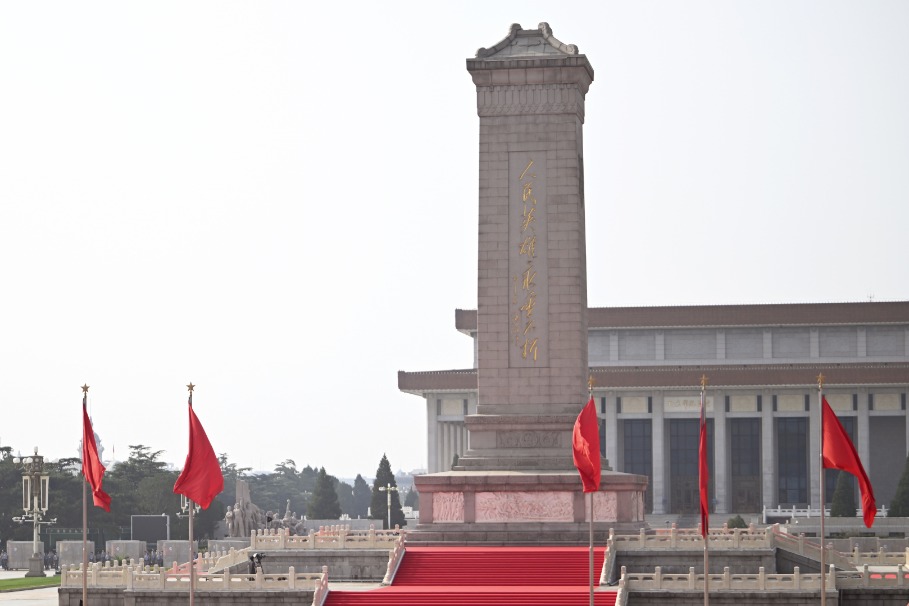Strengthened regulation of nonferrous sector necessary


Editor's note: Eight central departments on Sunday jointly unveiled a plan to support the growth of the nonferrous metals industry. China Daily spoke to Mei Xinyu and Peng Bo, researchers at the Chinese Academy of International Trade and Economic Cooperation, Ministry of Commerce, about the measures envisaged in the plan. Below are excerpts from their interviews. The views don't necessarily reflect those of China Daily.
The plan released by the authorities targets around 5 percent average annual growth in the sector's value-added output from 2025 to 2026 and expects the output of 10 major nonferrous metals to grow by around 1.5 percent annually during the same period. The plan also outlines tasks, including raising the annual output of recycled metals to over 20 million tonnes, providing more high-end products and improving the industry's green and low-carbon development.
The nonferrous metals industry — which includes copper, aluminum, lithium, nickel, cobalt and tin — is crucial for a range of future-oriented industries such as electric vehicles, integrated circuits, the low-altitude economy, humanoid robots and artificial intelligence.
China has a comparative advantage in both the reserves and the output of some nonferrous metals. The industry has a solid foundation, which is reflected in the high production capacity, high output and market competitiveness. However, it also faces some structural challenges. Many raw materials are sourced from overseas markets and many customers are located abroad, which make the industry somewhat vulnerable.
The 2025-26 period is pivotal for China to shape its industrial landscape. This plan can help enhance the resource efficiency of nonferrous metals, and standardize as well as promote the sector's development. The plan can also help address the structural issues, strengthen the production and promote the high-quality development of the sector.
On the one hand, it is important to intensify mineral exploration efforts in overseas markets, while on the other, enhancing the domestic mining intensity also needs to be prioritized. That is why the plan says the country will implement a new strategy for making breakthroughs in mineral exploration and enhance the prospecting of nonferrous metals.
The production growth targets outlined in the plan will strengthen China's advantages in the global supply of nonferrous metals while consolidating the domestic production.
The rise of protectionism and unilateralism is posing challenges to industry and supply chains and international trade. The nonferrous metals sector is one area where some developed economies rely on Chinese supply.
So, at a time when the export controls of some developed economies are restricting China's access to critical strategic components and there are attempts to "decouple" from the country, a stable nonferrous metals sector is crucial for China to leverage its strategic advantage, safeguard its legitimate rights and interests and maintain the normal order of international trade.
To effectively implement the plan, collaboration among three key parties is necessary. The government needs to provide guidance and support by creating a favorable policy environment, the market needs to allocate resources, and enterprises need to act as main drivers. This is what the plan embodies — promoting collaborative development where all three parties work together, each playing their respective indispensable role.


































